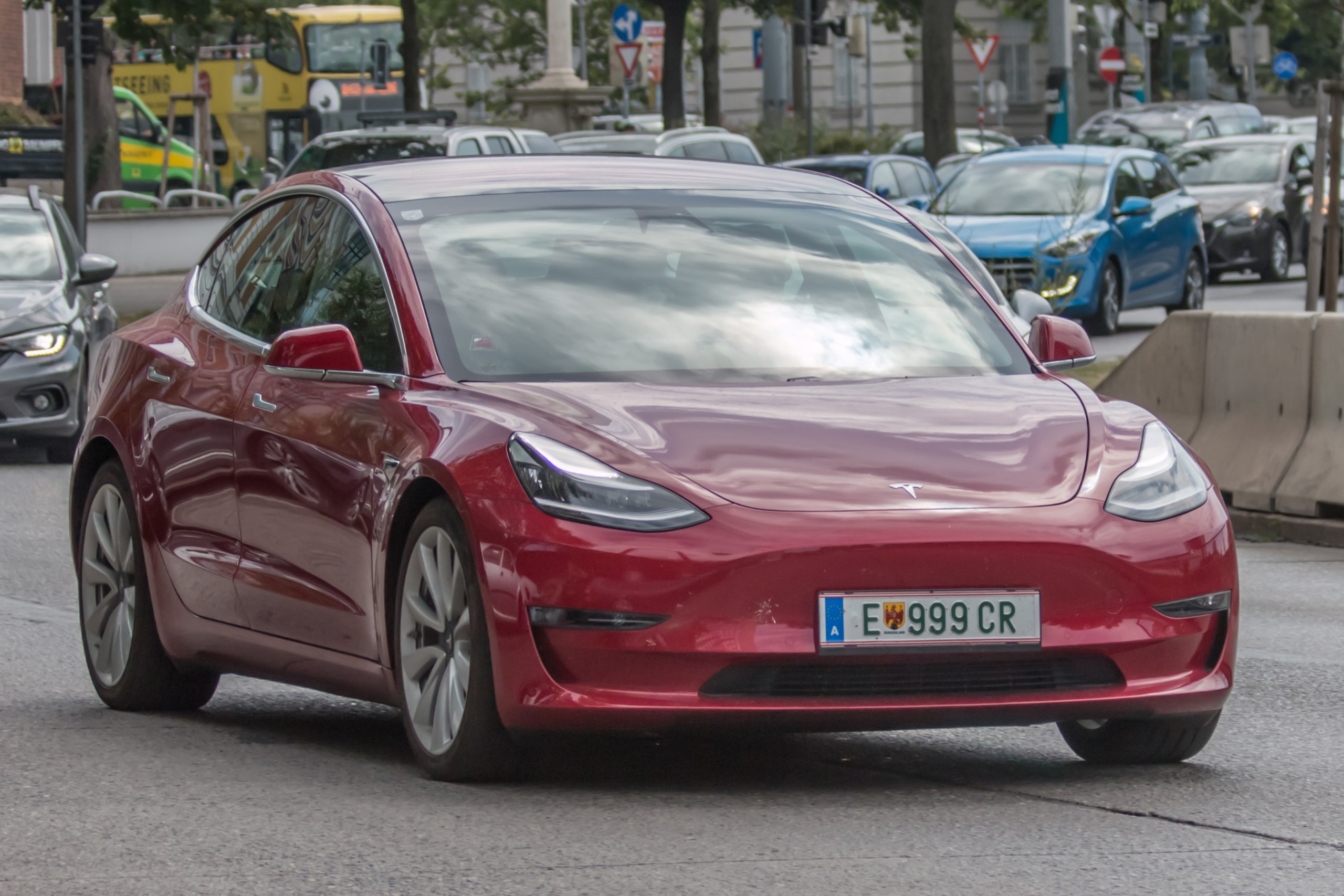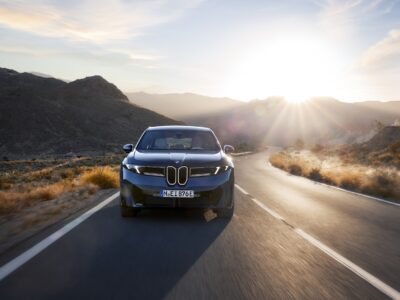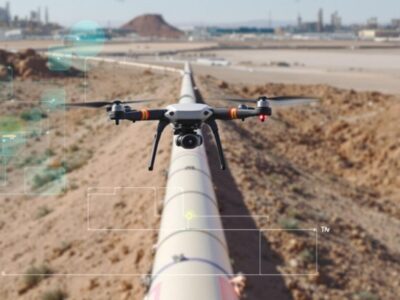The 2000s have been an absolute rollercoaster. Upheaval across the globe, combined with the recognition that climate change is real and must be halted as much as possible, yielded an “inconvenient truth.”
Fossil fuels were not only directly responsible for climate change; unless they were curbed or outright eliminated, the world as we know it wouldn’t exist in the next 100 years. That led to the advancement of renewable energy and cleantech. Like a phoenix from its ashes, electric vehicles (EVs) rose again.
The turn of the millennium should’ve started the EV boom, but it wasn’t initially. In 1997, Toyota showed the world its solution to the climate problem: a car that runs on gasoline but with an electric engine. You know the car: the Prius.
In 2000, the Prius was released worldwide and was very successful. Unfortunately, that didn’t stop the people from ridiculing it for its oblong shape, lack of noise, and slow acceleration. However, the car wasn’t designed for these things, and celebrities bought it quickly, making it appealing to climate-conscious motorists.
In 1999, the National Renewable Energy Laboratory also began working on improved EV batteries. Still, the concept of everyday EVs wasn’t gaining traction with the American public or the global population.
Some believed neighborhood electric vehicles (NEVs) were more practical due to their low speed and range. Pike Research said there were almost 76,000 low-speed EVs in the U.S. in 2006. Gas-powered cars had been around for so long that it nearly seemed impossible to uproot a technology that almost every person worldwide had used in personal transportation.
Then along came a Silicon Valley startup in 2004 that bucked that belief.
Tesla
That’s right. Tesla gets its own section. Why? Because it is the most successful EV company to date.
The idea for Tesla started in 2003 when Martin Eberhard and Marc Tarpenning incorporated the company. Fresh from the $100 million sale of his piece of PayPal, Elon Musk invested $6.5 million on top of the $7.5 million in Series A funding Tesla raised in 2004. Musk became chairman of the board and the largest shareholder. J.B. Straubel, the CEO of Redwood Materials, also joined as chief technical officer in 2004.
This time was also when Tesla began developing its Roadster. It was the first electric car to travel more than 200 miles on a single charge. The excitement about an EV that could travel so far while also looking sporty was appealing to several early believers of the Roadster. Musk led a Series B funding round in 2006, which also saw Google co-founders Sergey Brin and Larry Page and Jeff Skill, former eBay president, invest in Tesla.
In 2008, the financial crisis hit, and gas prices shot up again. Fuel efficiency became a priority for American drivers. It was also when Musk assumed the role of Tesla’s CEO, as Eberhard was asked to step down, although he claims he was forced out. Tarpenning would also leave the same year.
Also, in 2008, Tesla started producing the Roadster. It sold around 150 units by January 2009, taking the company’s value up to $187 million, with Musk putting $70 million of his own money toward its success.
The Roadster and Tesla’s popularity started to gain momentum in the 2010s. In 2010, the firm purchased a plant in California and went public on the NASDAQ. After the initial public offering listing, the first order of business was to build a second car. The Model S entered production in October 2010.
The Roadster continued to sell, and by December 2012, Tesla sold 2,450 units across 30 countries. The sports car stopped being produced in 2012 after the Model S came out. It was equally if not more successful than the Roadster. It won Motor Trend Car of the Year in 2013. The Model S was particularly popular in Europe, becoming Norway’s top-selling car in 2013.
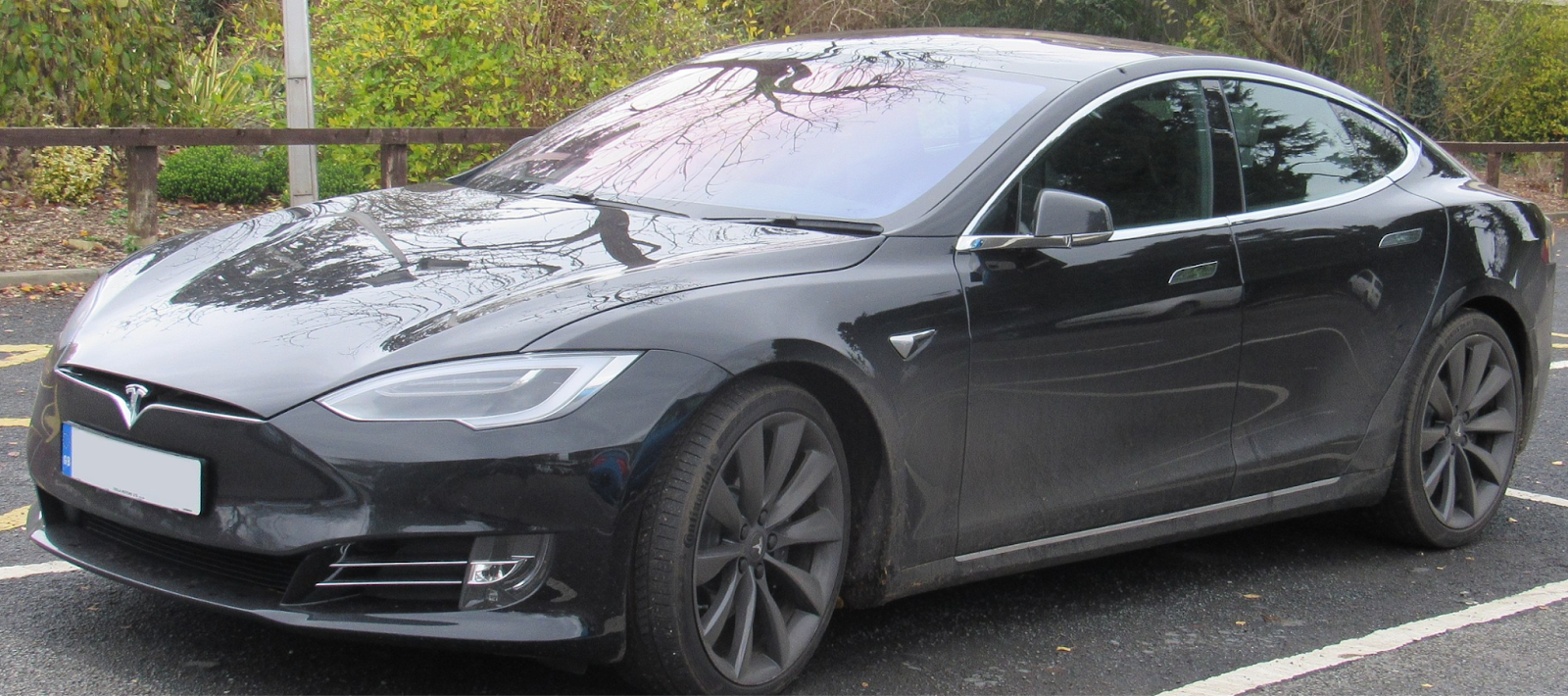
Photo Courtesy Vauxford/Wikimedia Commons
Tesla had become a NASDAQ-100 company by this time, and it was clear it was serious about disrupting the automotive industry. Its next innovation came in 2014 with the invention of Autopilot — the company’s take on hands-free driving. Sensors and software began entering all Tesla vehicles from this point.
As 2015 and 2016 rolled around, the Model S continued to sell well. It was the best-selling plug-in vehicle worldwide in those years. The Model X was also announced as Tesla’s third model and second SUV in 2015, garnering 25,000 pre-orders.
Then came the company’s first mass-market EV, the Model 3, in 2016. It was an affordable sedan, costing less than any other Tesla vehicle. The reservations for the Model 3 numbered nearly 325,000. It didn’t become fully available until 2018 due to production issues. That didn’t matter; it sold incredibly well worldwide, becoming the best-selling car from 2018 to 2021.
However, questions arose around Musk’s business dealings, and he stepped down as chairman in 2018 but remained CEO.
2019 is Tesla’s best year. Its mid-sized crossover, The Model Y, was announced in March and would be delivered in March 2020.
It opened several Gigafactories across the world, including cities like Shanghai, Berlin, and Austin, Texas. The Model Y ascended to the best-selling car in the world, becoming the first EV to achieve such an honor.
In 2020, Tesla was listed on the S&P 500, increasing its stock share value by 740%. The company also relocated its headquarters to Austin in 2020, with plans to open a Gigafactory in Mexico in 2025. The Cybertruck, its long-awaited pickup truck, also came out in 2023, which leaves us where we are today.
What made Tesla stand out among traditional automakers was forward thinking. Musk, for all his reported eccentricities, understood business during the Internet Age. Tesla was not like other cars, so it marketed the Roadster as a luxury vehicle with a $100,000 price tag. The company embraced a retail-style sales strategy, acting more like Apple Stores than a car dealership.
The Model S and X were also more affordable, and the 3 and Y were so inexpensive that they became comparable to buying a Honda Civic or Toyota Corolla. The automaker developed all their batteries, motors, and software in-house.
The Supercharger network was also a unique yet tactful strategy. It was introduced in 2012 as the only way to publicly charge a Tesla. The idea was to make them strong enough to charge quicker than at home from a 240-volt outlet. The Tesla network was so reliable that the U.S. government mandated it become universal to increase EV adoption. The North American Charging Standard opened non-Tesla EVs to a whole new network.
But, It Wasn’t Just Tesla
Tesla may be the most successful EV company right now, but it was not the only EV provider during its rise. Chevy launched the Volt, a plug-in hybrid car that could use electric power in a limited capacity. In 2009, Mitsubishi launched a tiny four-door hatchback, the i-MiEV, for its native Japanese market before expanding to Hong Kong, Australia, and Europe. The European i-MiEVs were rebranded to Peugeot iON and Citroën C-Zero.
The one that sold the best before Tesla was the Nissan LEAF. The little bug-style car arrived in Japan and the U.S. in 2010 and was well-received by the American public.
It surpassed 87,000 sales in 2018, only losing out to the Model 3 and the BAIC EC-Series that year. A revised LEAF came out in 2016 with more range and power.
More charging companies would arrive on the scene in the 2000s, 2010s, and 2020s, like ChargePoint, Electrify America, IONNA, and Ultium. More cars would be launched during this time, too. General Motors (GM) went back to the drawing board after the Volt failed to sell, unveiling the Chevy Bolt in 2016. It was released in 2017 and is now getting its second-generation build.
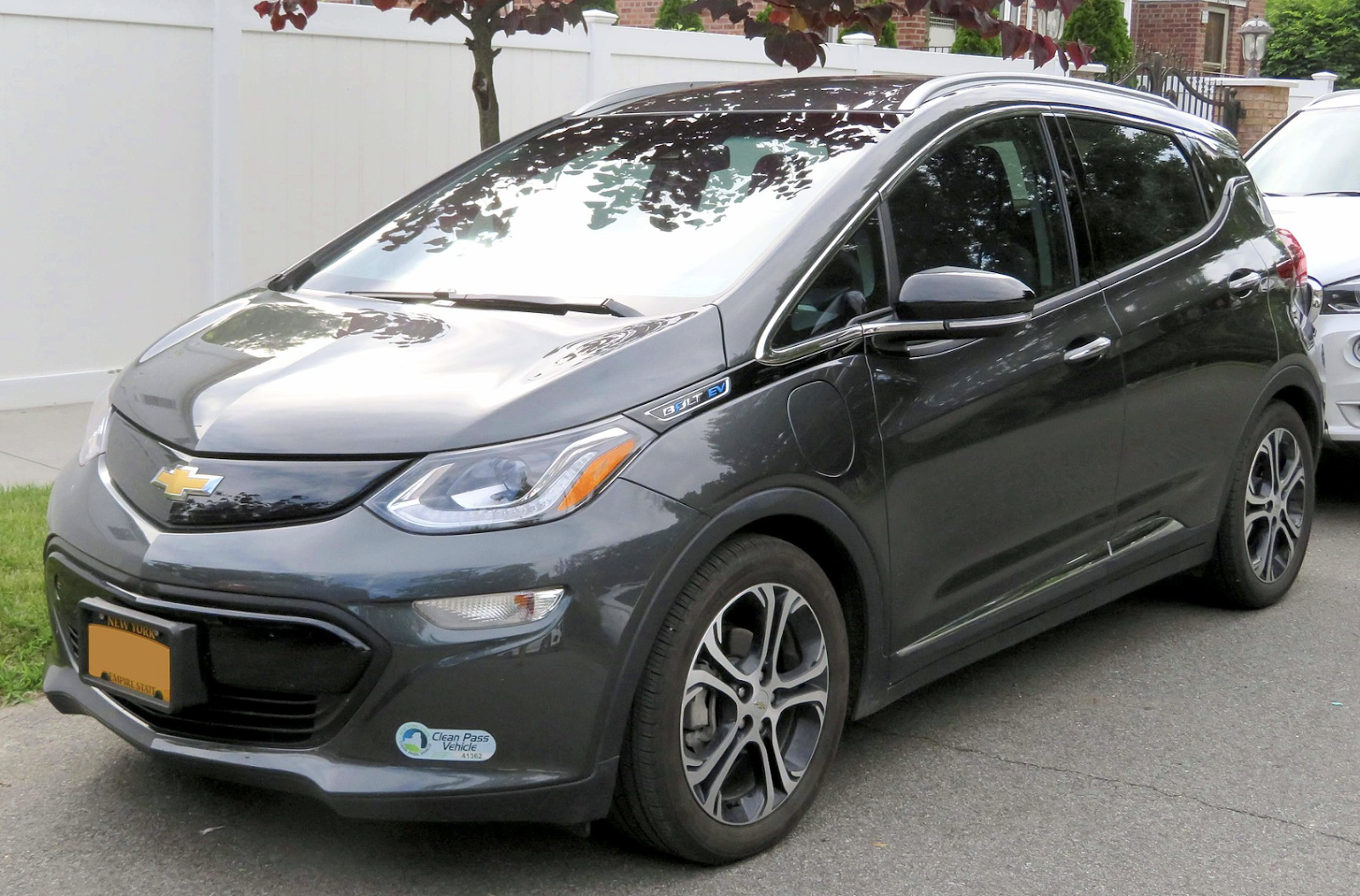
Photo Courtesy Kevauto/Wikimedia Commons
Mercedes, BMW, Toyota, Volkswagen, and Honda all launched electric models in the early 2010s with limited success. They didn’t start manufacturing them heavily until the 2020s when it became clear Tesla was here to stay and turned a profit. All have now launched or are planning to launch EV lineups. Mercedes has also created a massive charging network across the globe.
Rivian arrived on the scene in the fall of 2021 with the R1T electric pickup truck. Although the company has been around since 2009, the first Rivian vehicles weren’t shipped until 2021. It was the first electric pickup truck available en masse. Rivian would also come out with its R1S SUV and Van, inking deals with Amazon and Walmart as a fleet provider. The company also opened its charging network, the Adventure network, in places like National Parks and rural areas.
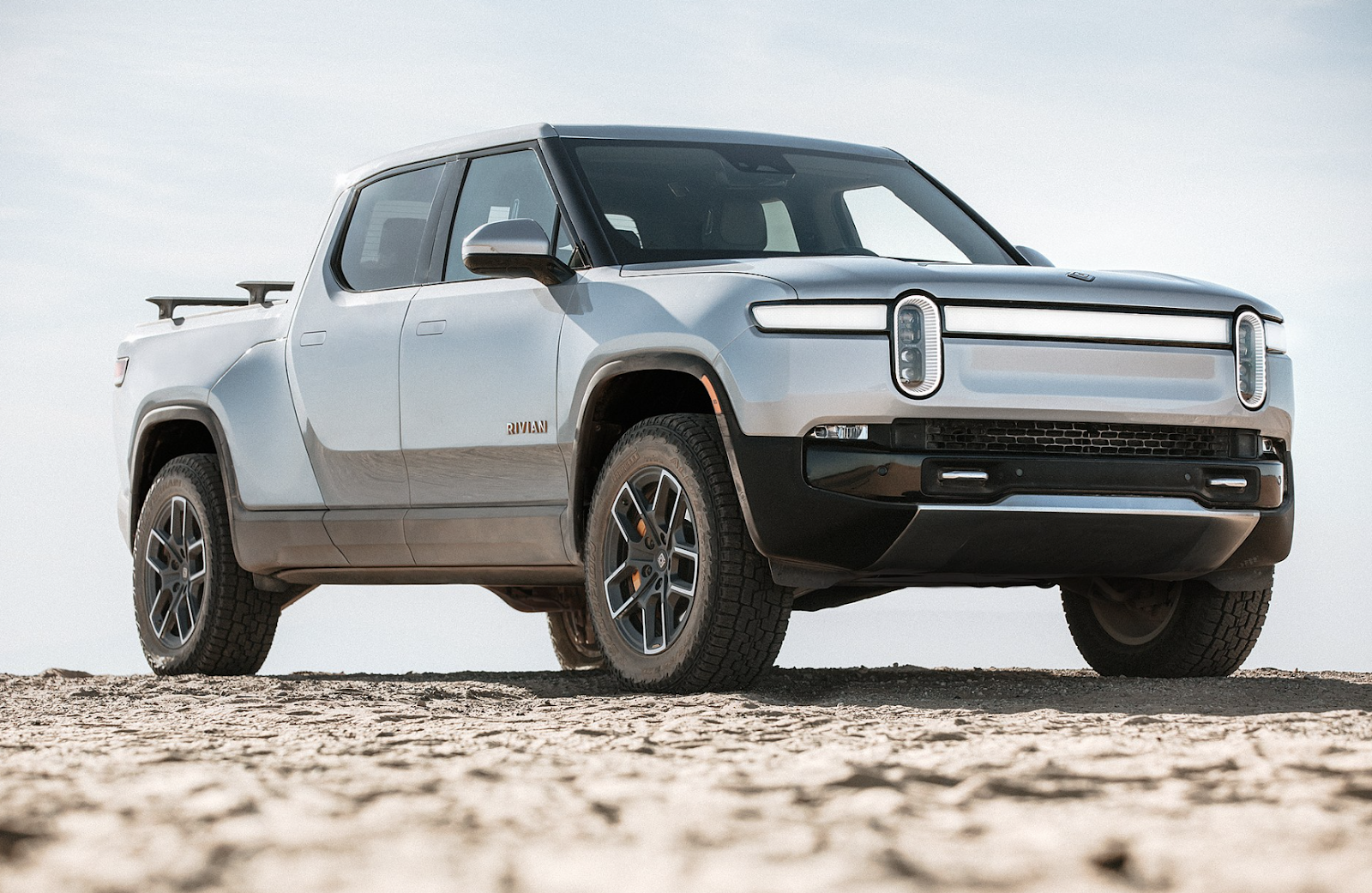
Photo Courtesy Rivian/Wikimedia Commons
Lucid Motors began delivering the Air in 2021, which had a longer range than any Tesla model. The Air and its various editions have cracked the 500-mile range threshold. However, the car’s price, sometimes reaching above $200,000, may be a hurdle for most.
The move by these startups had legacy automakers worried they were falling behind. That’s all changed since 2020.
In late 2020, GM announced the Hummer EV. The old Hummer was known for its massive size and atrocious gas mileage. The electric version addressed all those problems: no gas needed, still just as powerful, but able to travel 329 miles on a single charge.
Electric Chevy Silverados are coming soon, and GMC Sierra Denali EVs started making deliveries in August 2024.
Ram is also launching a 1500 EV version. Ford launched the F-150 Lightning in 2022, marketing it as affordable and spacious, the same old F-150 but with zero emissions, and a rolling power plant.
Electric hypercars have also come into play. Rimac, the Croatian sports car maker, launched the Nevera, which once held the title of the fastest EV in the world. It was beaten by the Aspark OWL this year. And, Lotus launched its own zero-emission sports car.
Tesla revealed the revived Roadster concept in 2017 but has yet to follow through with production. In the past three years, Italian luxury brands Ferrari and Lamborghini have launched electric and plug-in hybrid sports cars.
There are so many new EVs and EV companies that it seems like the vision of the early 20th-century automotive industry is coming true. Not all will make it, as shown by the bankruptcies of Coda Automotive and Fisker Motors. It took a climate crisis to accelerate the adoption of electric cars, both as a business and a driving tool. However, it’s apparent EVs are here to stay, and they’re only getting better.
EVs have had a long, rocky history, but now they seem to have found their footing.

